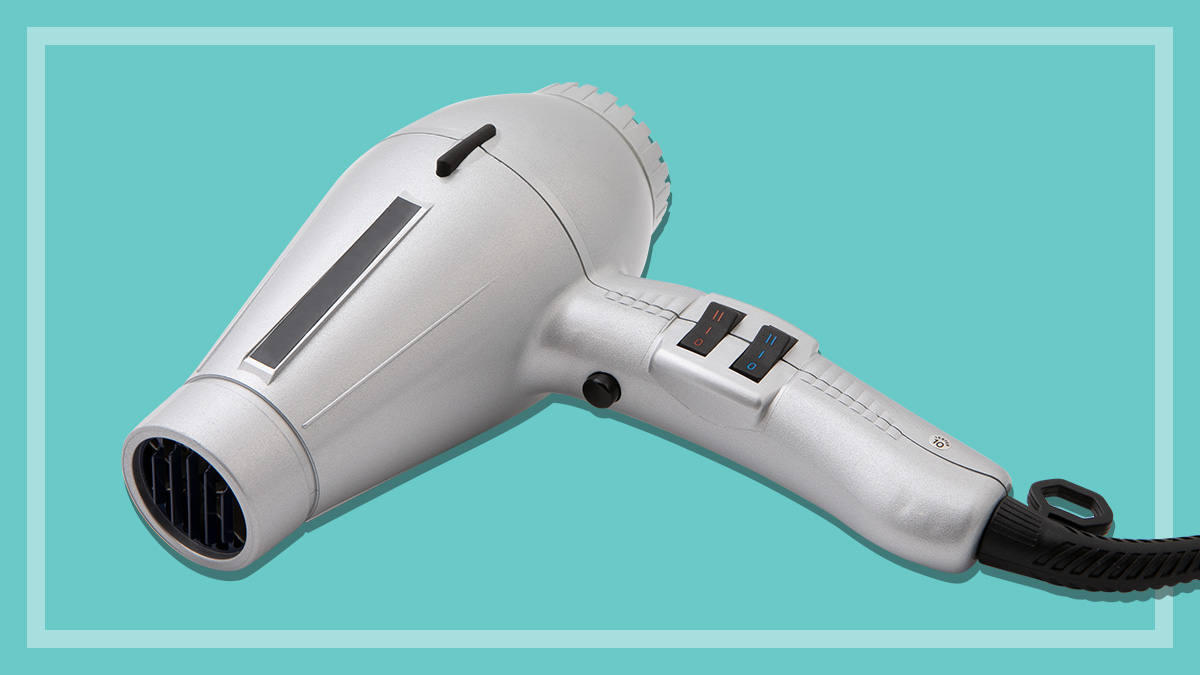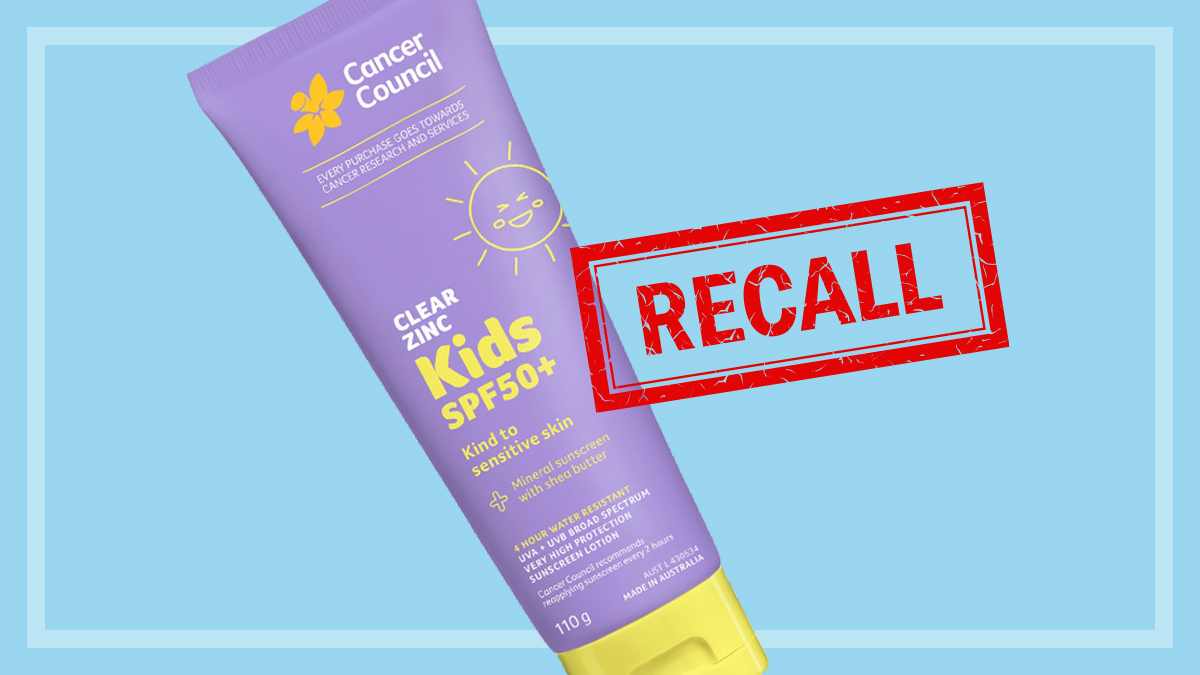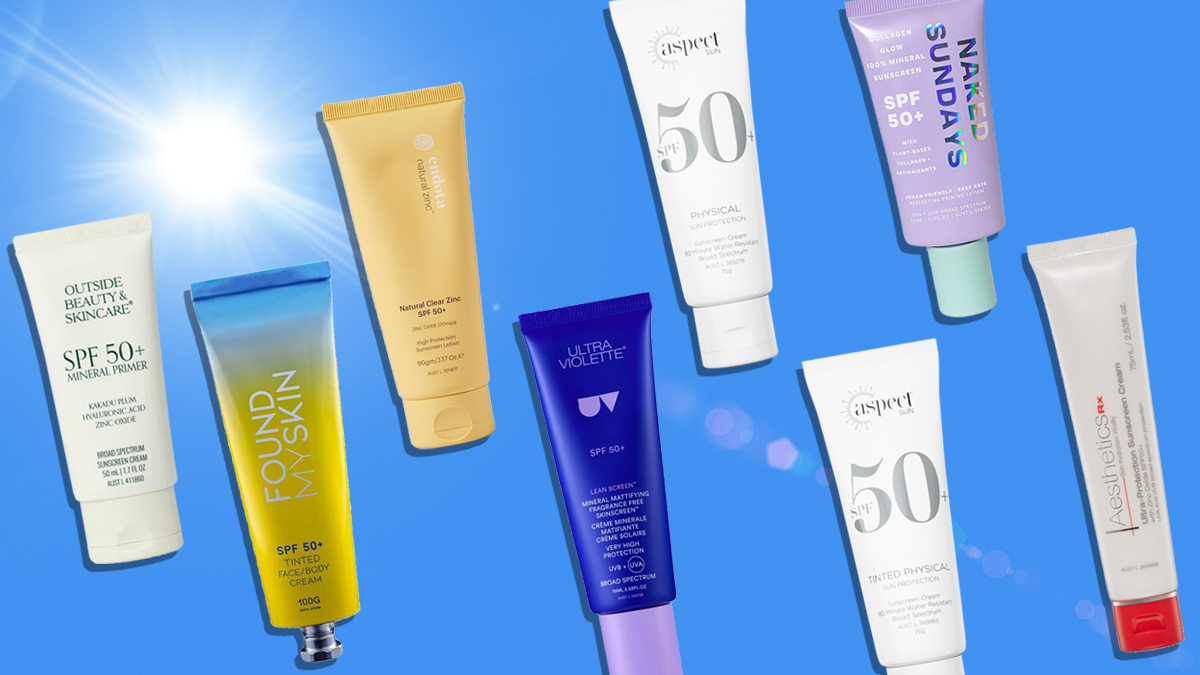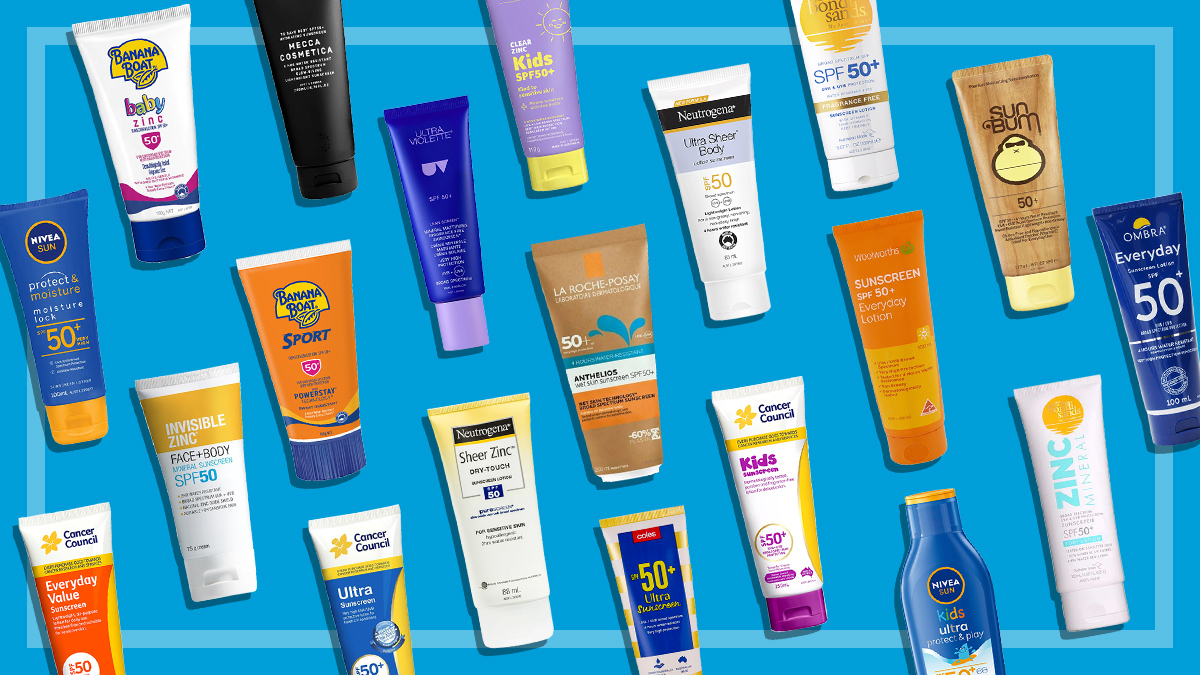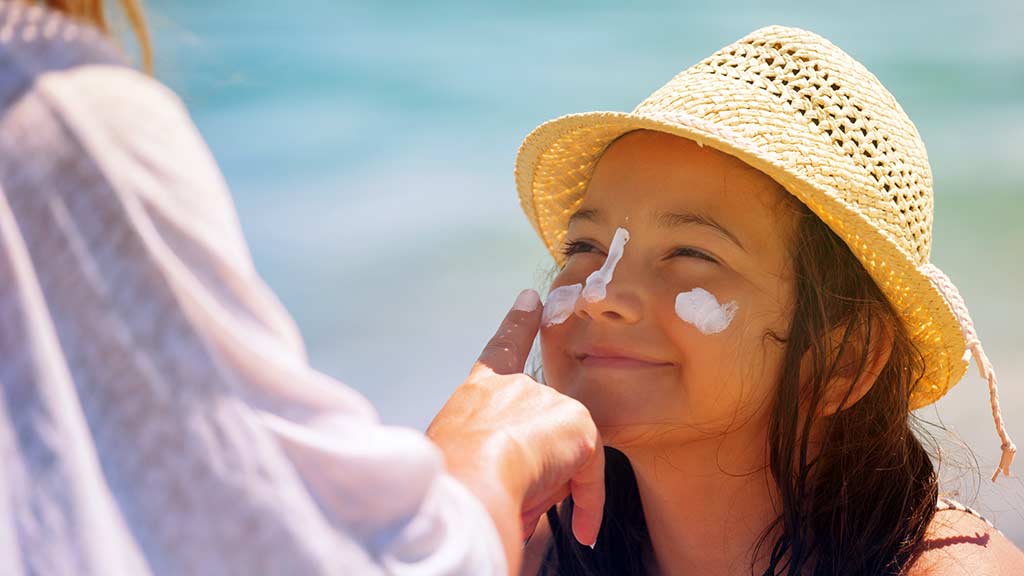Get our independent lab tests, expert reviews and honest advice.
Are alcohol-free hand sanitisers effective against COVID-19?
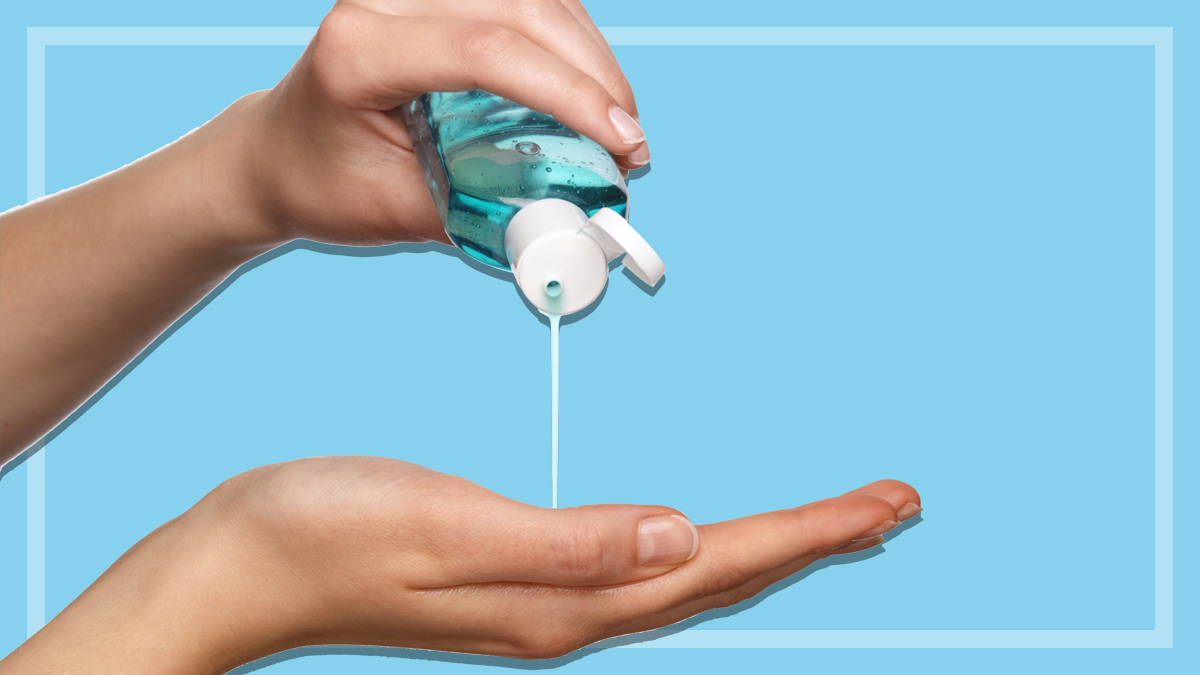
Hand sanitisers were once used mainly to provide extra protection from everyday germs. But since the onset of the COVID-19 pandemic, the efficacy of hand sanitisers has become more important than ever.
The World Health Organization (WHO) and Australian health officials are united in their recommendation: only hand sanitiser containing 60% to 80% alcohol (depending on the formulation) is effective against COVID-19 when the option to wash with soap and water isn’t available.
Still, there are many alcohol-free options available to buy online or in stores. So what’s actually in them – and do they work at all?
Do alcohol-free hand sanitisers actually work?
Alcohol-free sanitisers can work well to kill a range of common bacteria and cleanse the hands in normal circumstances (e.g. freshening your hands before a picnic).
But the Australian government does not recommend alcohol-free sanitisers for use against COVID-19.
The advice aligns with the official WHO recommendation which states that if you don’t have access to soap and water, sanitisers that do contain alcohol are “the only known means for rapidly and effectively inactivating a wide array of potentially harmful microorganisms on hands” – including COVID-19.
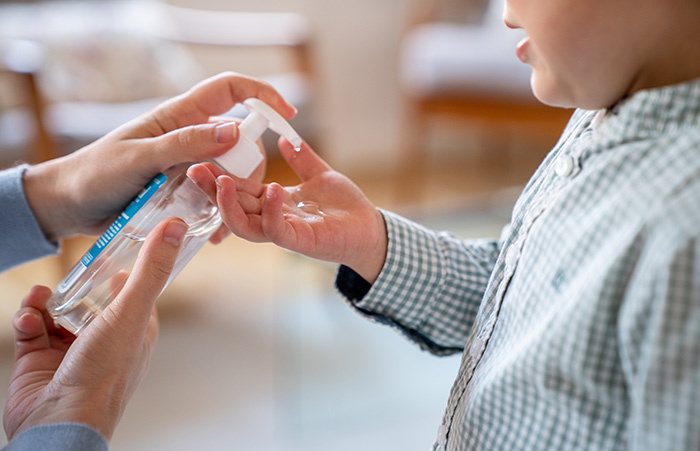
What if I can’t use alcohol-based hand products?
There may be some circumstances where an alcohol-free sanitiser is necessary (e.g. for people who work around open flames or who suffer severe skin reactions from alcohol-based rubs).
While they still aren’t recommended for use against COVID-19, we take a look at some of the ingredients in these products to find out if they’re effective against other germs.
Antimicrobial agents
Alcohol-free hand sanitisers often contain antimicrobial agents such as quaternary ammonium compounds (QAC), the most common being benzalkonium chloride.
The Australian government does not recommend QAC-based hand sanitisers for use against COVID-19, saying that current evidence indicates that these compounds have limited activity against viruses such as COVID-19.
Professor Andrew McLachlan, Dean of Pharmacy at Sydney University’s School of Pharmacy agrees, saying that although benzalkonium chloride can work well for bacteria and fungi, it is less effective against viruses.
“There is limited evidence to suggest benzalkonium chloride is effective to inactive viruses and it’s probably not effective against coronaviruses such as COVID-19,” he says.
Alcohol-free hand sanitisers should only be used when hand washing and alcohol-based sanitisers are not available
Professor Andrew McLachlan, Sydney University School of Pharmacy
While benzalkonium chloride is the most likely candidate for inclusion in hand sanitisers, other antimicrobial disinfectants may turn up on the ingredients list. These might include triclosan, chlorine compounds, peroxygens such as hydrogen peroxide, triethylene glycol or chlorhexidine to name a few.
While these ingredients disrupt cell components and can be effective against bacteria and other organisms, they may not be effective against viruses. Their concentrations in hand sanitisers may also be too low to provide adequate virucidal activity, and in some cases there is limited data about their effectiveness against COVID-19.
“Alcohol-free hand sanitisers should only be used when hand washing and alcohol-based sanitisers are not available,” says McLachlan.
If you are using hand sanitisers that are relying on these ingredients for their microbe killing ability rather than a high percentage of alcohol, they may not offer you any protection from COVID-19.
Essential oils
Essential oils are often spruiked for their antibacterial, antimicrobial properties, but according to cosmetic chemist Amanda Foxon-Hill , these capabilities are drastically reduced when the oils are in a liquid form – such as a hand sanitiser.
“Essential oils don’t have good antimicrobial efficacy when they’re wet, so in a skin product, they aren’t really going to be concentrated or volatile enough,” she says.
“They may offer a pleasant aroma and a little extra protection when added to an effective alcohol-based sanitiser, but they don’t offer adequate protection on their own.”
Other alcohol-free options
Handwashing with soap and water remains the most effective way to eradicate COVID-19 from your hands.
But if that’s not an option and you’re unable to use an alcohol-based hand sanitiser, try this tip from Mary-Louise McLaws, a member of WHO and Professor of Epidemiology, Healthcare Infection and Infectious Diseases Control, UNSW.
Using a low-alcohol or alcohol-free hand sanitiser may give people a false sense of security that they are being protected from COVID-19
Mary-Louise McLaws, Professor of Epidemiology, UNSW
“Rather than buying an ineffective alcohol-free handrub, you’re better off filling up a drink bottle with water and detergent and using it to thoroughly wash your hands when there are no bathroom facilities available,” she says. (Just don’t confuse it with your regular drink bottle.)
“Using a low-alcohol or alcohol-free hand sanitiser may give people a false sense of security that they are being protected from COVID-19, so I wouldn’t recommend it.”
How does alcohol stop the spread of COVID-19?
Alcohol kills bacteria by breaking down the outer membrane of the microbes, exposing the core components and causing the microbe to cease to function.
For enveloped viruses such as COVID-19, alcohol works by breaking down the lipid (fat) outer bilayer exposing the genetic material within and deactivating the virus.
(This outer bilayer is why soap is so effective at helping to limit the spread of COVID-19 – soap does a good job of breaking down fats and you only need a small amount of it to be effective.)
How do I know my hand sanitiser has the right amount of alcohol in it?
To be effective against COVID-19, hand sanitisers must contain an alcohol concentration of 60–80%, depending on the type of alcohol. (Products that claim to adhere to WHO’s formula should contain at least 80% ethanol or 75% isopropyl alcohol.)
How to help ensure the sanitiser you’re buying contains enough alcohol to be effective
- Only buy hand sanitiser that has a stated alcohol percentage of 60–80%. If it’s not stated, don’t risk it.
- Head of reviews and testing at CHOICE Matthew Steen recommends a simple test for spotting a fake – “If a hand sanitiser is sticky and doesn’t evaporate off your hands quickly, that’s a clue that it might not have the appropriate amount of alcohol needed to kill the virus.”
- Does it smell of alcohol and feel cool on the skin? While imprecise, be wary of hand sanitisers that don’t pass this test.
Steer clear of hand rubs and wipes that only state they kill bacteria or germs – this doesn’t mean they’re effective against COVID-19. Instead look for effectiveness against viruses or alcohol content above 60% and follow the suggestions above.
Cosmetic vs therapeutic hand sanitiser
You may not realise it, but there are actually two categories of hand sanitisers in Australia.
1. Therapeutic hand sanitisers
These medical-grade products are considered therapeutic goods, which means they must be tested and approved by the Therapeutic Goods Association (TGA). These products will have an AUST R number on the packaging.
However, due to the shortage of hand sanitisers caused by the pandemic, the TGA has relaxed its regulations, allowing manufacturers who follow one of the official WHO formulations for hand sanitisers to produce medical-grade therapeutic hand sanitisers without TGA approval.
2. Cosmetic hand sanitisers
These are products for personal use and are not regulated by the TGA because they do not make claims they are effective against viruses. Instead, they may say “kills germs”, but it is important to note that this does not mean they are effective against COVID-19.
They are also not required to contain specific ingredients in certain concentrations and they don’t have to pass any testing to be labelled a “hand sanitiser”.
These cosmetic products can only use low-risk ingredients and can’t contain chemicals that are listed in the Poisons Standard, they must not make false or misleading claims, and they must be able to provide evidence for provable claims.
In other words, they’re not required to contain a minimum percentage of alcohol or be effective against COVID 19, but they may instead only act on bacteria or fungi.
Labelling loophole
Jeannie Marie Paterson, Professor of Law at the University Of Melbourne, says it’s difficult to distinguish between therapeutic and cosmetic products on the shelf because they can both legally be labelled hand sanitiser.
“Cosmetic sanitisers that do not contain enough alcohol to be effective should not be labelled as hand sanitisers – they are not actually sanitising the hands,” she says.
“In the current climate, people need to know whether the product they are buying is capable of protecting them against COVID-19.”
Cosmetic sanitisers that do not contain enough alcohol to be effective … are not actually sanitising the hands
Jeannie Marie Paterson, Professor of Law, University of Melbourne
Paterson says the claims on cosmetic hand sanitisers can also be confusing. “Many products claim to kill 99.99% of germs but that doesn’t mean they are effective against COVID-19 or other viruses,” she says.
Professor McLaws agrees: “These claims are irrelevant – they are based on the specific selection of bacteria the manufacturer has chosen to test against and do not indicate that the product has been tested to be effective against viruses like COVID-19.”
Handwashing is still the best option
While the popularity of hand sanitisers is soaring, it’s important to remember that they’re only intended to be used as a back-up when washing your hands with soap and water is not possible. And if you are using an alcohol-based sanitiser, it’s important to coat your hands well.
Experts agree that washing your hands with soap and water for at least 20 seconds is the most effective way to protect yourself against the COVID-19 virus.

